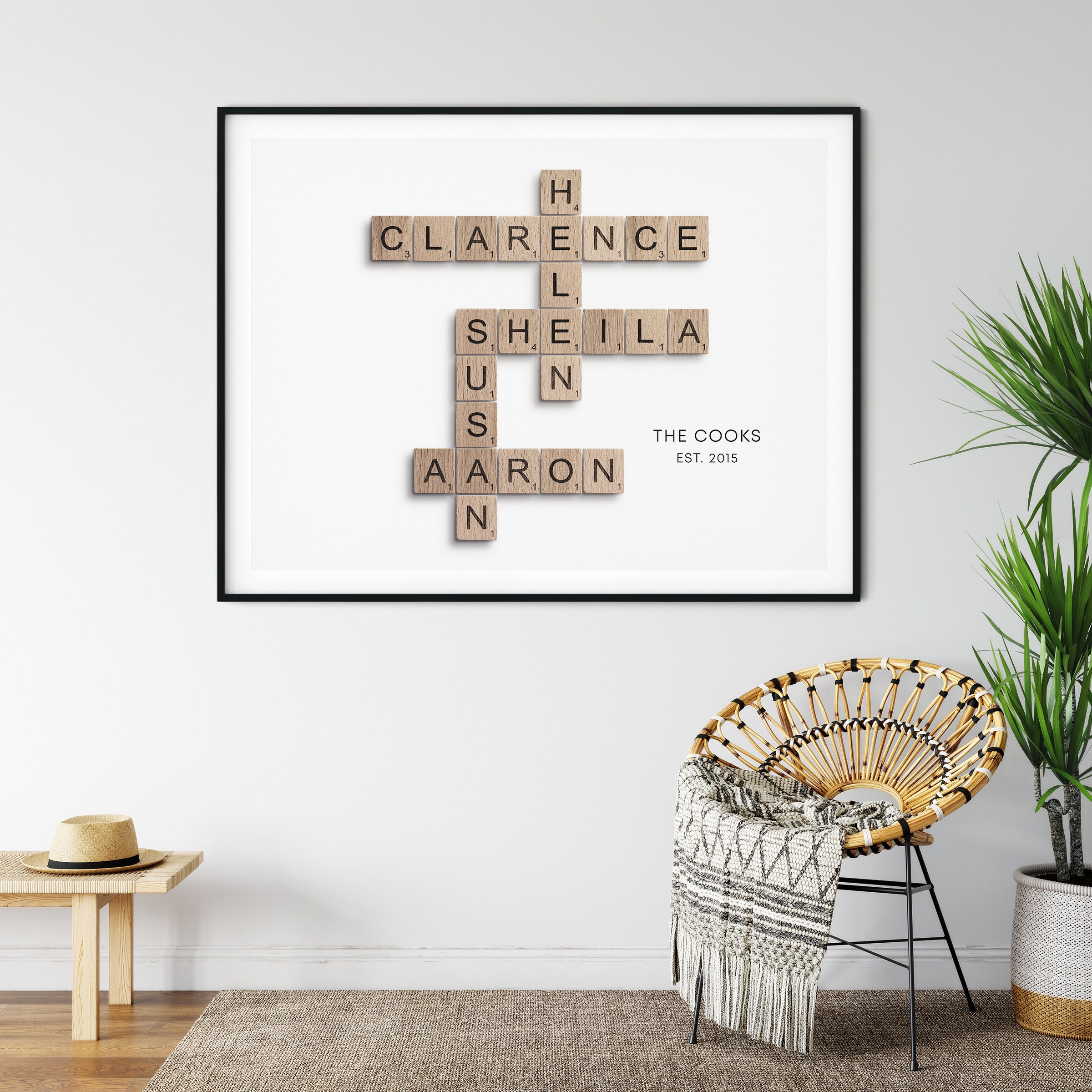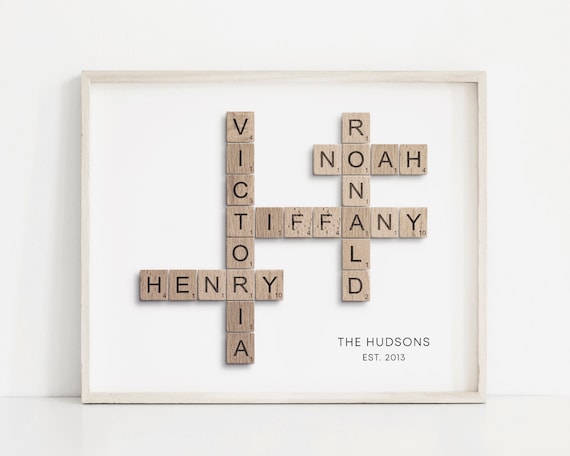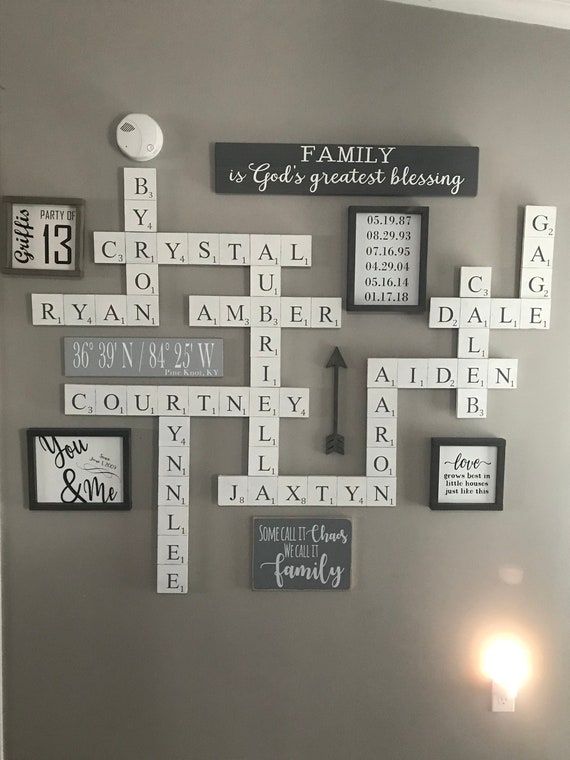If you’re diving into the world of DIY crafts or simply want to refresh your home decor, knotted wall decor is an appealing choice. In this comprehensive guide, I’ll share my experiences and insights on various materials used for this beautiful art form, along with tips to solve crossword puzzles revolving around the subject. Let’s untangle the knots of information about knotted wall decor!
What is Knotted Wall Decor?
Knotted wall decor refers to art pieces made by knotting various materials, typically strings or yarn, to create stunning wall hangings. These pieces are often utilized to enhance the aesthetics of any room and can vary from simple designs to elaborate patterns.
The Rise of Knotted Wall Hangings
Over the years, knotted wall decor has surged in popularity, especially with the rise of bohemian and minimalistic interior designs. Personally, I started exploring this craft during a stressful period; it became a therapeutic outlet for my creativity.
Materials Commonly Used for Knotted Wall Decor
1. Cotton Yarn
Cotton yarn is an excellent choice for beginners due to its softness and ease of handling. It comes in various colors and thicknesses, making it versatile for different styles.

Pros and Cons of Cotton Yarn
| Pros | Cons |
|---|---|
| Easy to work with | May fray over time |
| Available in many colors | Less durable than synthetic options |
2. Jute Twine
Jute twine adds a rustic touch to knotted wall decor. It’s durable and sustainable, perfect for creating bohemian-style pieces.

Pros and Cons of Jute Twine
| Pros | Cons |
|---|---|
| Eco-friendly | Can be rough on hands |
| Strong and durable | Limited color options |
3. Macramé Cord
Macramé cord is a thicker option that gives a unique texture to wall hangings. It is popular for intricate patterns and designs.

Pros and Cons of Macramé Cord
| Pros | Cons |
|---|---|
| Great for detailed designs | Can be more challenging to knot |
| Wide variety of colors | Heavier than other materials |
4. Embroidery Floss
This fine thread is typically used for embroidery, but it can also be a delightful choice for delicate wall decor pieces.

Pros and Cons of Embroidery Floss
| Pros | Cons |
|---|---|
| Lightweight and colorful | Less sturdy for heavy pieces |
| Easy to work with | May tangle easily |
Choosing the Right Material for Your Project
Your choice of material largely depends on the design you want to achieve and your personal preferences. In my experience, I’ve found that mixing different types of materials can create stunning visual effects. One of my favorite pieces combines jute twine and cotton yarn, resulting in a beautiful contrast.

Tips for Selecting the Best Material
- Consider your skill level: Beginners might prefer cotton yarn.
- Think about the desired texture: Jute adds a rustic feel while macramé offers intricacy.
- Color palette matters: Choose materials that complement your home decor.
Knotted Wall Decor Techniques
Once you’ve selected your materials, the next step is mastering the techniques to create beautiful wall hangings. Here are a few fundamental knots that are essential in this craft.

Basic Knots for Wall Decor
1. Lark’s Head Knot
The Lark’s Head knot is perfect for attaching your cords to a dowel or ring. It’s simple yet effective.
2. Square Knot
This is a versatile knot used in many designs. It’s created by alternating the working ends of the cords and is great for creating rows.
3. Double Half Hitch Knot
This knot creates a lovely diagonal effect. It involves wrapping one cord around another and can add texture to your decor.
Advanced Techniques
Once you feel confident with the basics, you can explore more intricate techniques like spiral knots and berry knots, which can elevate your designs to a new level.

Inspiration for Your Knotted Wall Decor
Finding inspiration is key to starting any creative project. Here are some ideas based on my journey into the world of knotted wall decor:
1. Nature-Inspired Designs
Incorporate natural elements like sticks, feathers, or dried flowers into your wall hangings for an earthy vibe.
2. Colorful Layering
Play with a variety of colors and textures. A colorful, layered piece can become a standout focal point in your room.
3. Minimalistic Patterns
For those who prefer a streamlined style, opt for simple geometric patterns that add a touch of sophistication.
Knotted Wall Decor Crossword: Tips and Tricks
When it comes to solving crosswords that include terms related to knotted wall decor, being familiar with the materials and techniques can greatly help. Here are some tips I’ve gathered through personal experience:
Common Terms to Know
- Macramé: A form of textile created using knotting techniques.
- Yarn: Thread used for knitting or weaving.
- Hanging: Refers to the display aspect of wall decor.
Practice Makes Perfect
As with any skill, practicing knotting will not only improve your craft but will also help you recall terms more easily when solving crosswords.
FAQs about Knotted Wall Decor
What materials are best for beginners in knotted wall decor?
Cotton yarn and embroidery floss are excellent choices for beginners due to their flexibility and ease of use.
Can I use recycled materials for knotted wall decor?
Absolutely! Recycled materials can add a unique touch to your decor and are an eco-friendly choice.
How do I maintain my knotted wall decor?
Regular dusting and occasional spot cleaning will help maintain the beauty of your knotted wall decor.
Is knotted wall decor suitable for outdoor use?
Most knotted wall decor is intended for indoor use; however, you can use weather-resistant materials for outdoor pieces.
Conclusion: Embrace Your Creativity
Knotted wall decor is not just an art form but a way to express your creativity and enhance your living space. Whether you’re knotting for fun or to fill a crossword puzzle, I hope this guide inspires you to explore the endless possibilities that come with this craft. Happy knotting!